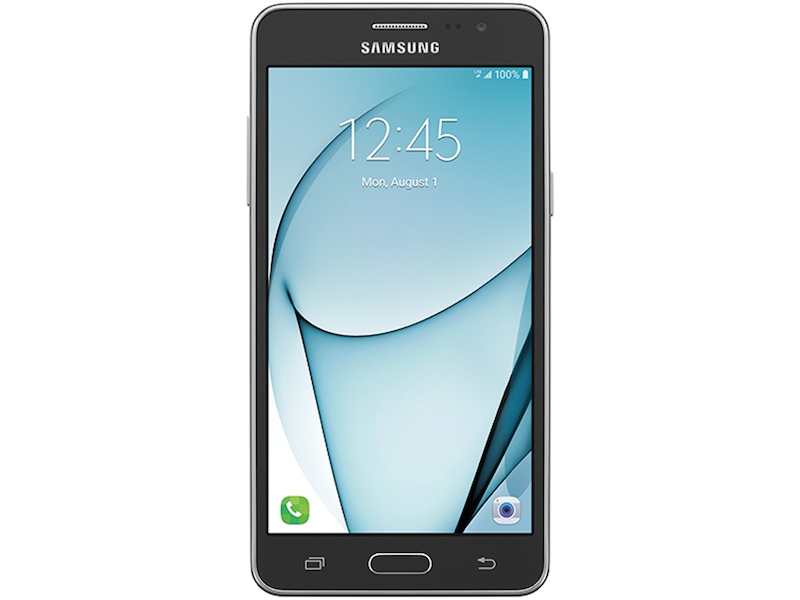Samsung Galaxy On5 tracker
Contents:
Additional Features. Miscellaneous Sensors. Supported Social Networks and Blogs. Processor Clock Speed. Processor Core Qty. Communications Data Transmission. Wireless Interface. Bluetooth 4. WLAN Security. Bluetooth Profiles. Display Technology. Display Resolution. Color Depth. Display Format.
for Samsung Galaxy On5
Diagonal Size. Diagonal Size metric. Smartphone Diagonal Size. Color Support. Supported Digital Audio Standards. Memory Supported Flash Memory Cards. User Memory.
Galaxy s5 cell phone tracker
Battery Technology. Lithium ion.
Track the exact location of Samsung Galaxy On5 SM-GFY devices with LocationOf in real-time. See up-to-date results on the map every two seconds using. Whether you are tracking your little ones or relatives, the GPS spy tracker for Samsung Galaxy On5 is the perfect device for you. These gadgets let you know.
Run Time Details. Talk: up to Header Brand. Product Line.
Packaged Quantity. CE Input Device Type. Features Sensors. Chances are, your phone might be lost for good.
Jiffy - Time tracker
Only a few lost and stolen phones can ever be found. Yours may or may not be one of them. But for smartphones and tablets running Android, iOS or Windows Phone, it is likely the device has software needed to locate it. Here are a number of things you can try.. If your Android device is configured with a Google Account, you might be in luck.
As long as the battery of the phone is still charged, the phone has not been switched off and it has an internet connection, Google may be able to pinpoint your device. You can ring the device, lock it, or even completely wipe all information on it. And, best of all, show you it's location on a map.
If you're prompted to sign in, use the same Google account you used to sign in on your phone.
- How to find a stolen Samsung Galaxy On5 SM-G550FY!
- cell tracking on Nokia 6.1?
- spy camera for OnePlus?
However helpful those technologies you see in cinemas would be; Most of what you see in movies can not be done in real life. In real life, for people like you and me, there simply is no way to find a mobile device by entering it's phone number or IMEI number. If that would be possible, it would be an enormous privacy issue to any person carrying a phone.
So, how does the police do this? Mobile phones constantly search for and connect with the nearest antennas operated by the telephone company. Most, if not all telephone companies keep record which antennas their subscribers connect to. These records allow a device to be traced to the tower it is on. Based on the physical location of the antenna, a rough estimate of the phone's actual location can be given. Records kept about phones connecting to antennas, allows a device to be traced to the tower it is on, and based on the physical location of the antenna, a rough estimate can be given and then the cell phone location triangulated off of multiple surrounding towers.

Due to the number of towers this is easier in urban areas. Obviously, this information is not available to the public, but, can be used by law enforcement to give a fairly accurate estimate of a phone's last physical location.
- Android 8.0 Oreo update tracker: March 17, 2020!
- cell phone tracker app reviews Samsung Galaxy A60?
- Sponsored: In the store;
- {{router.articleTitle}}!
- cell track tool Redmi 7?
There are many tracking services and applications available for almost any type of mobile phone out there. Most of these are applications to be downloaded and installed onto phones, to periodically submit the phone location onto the internet. These services would only allow you to observe the whereabouts of the mobile device as long as their mobile application is installed onto the device, an internet connection is available, the battery has not run empty, and the device has not been switched off.
For people looking to find their lost or stolen mobile handset, these tracking-applications are not worth looking into. Sad but true; What you see in movies can not be done in real life. There simply is no way to find a mobile device by entering it's phone number or IMEI number. If that were possible, that would be an enormous privacy issue to any person carrying a phone.
So, what truth lies behind all this? And, how does the police do this? To place a call or use the internet on a cellular device, it uses radio signals to communicate with antennas operated by a telephone company.